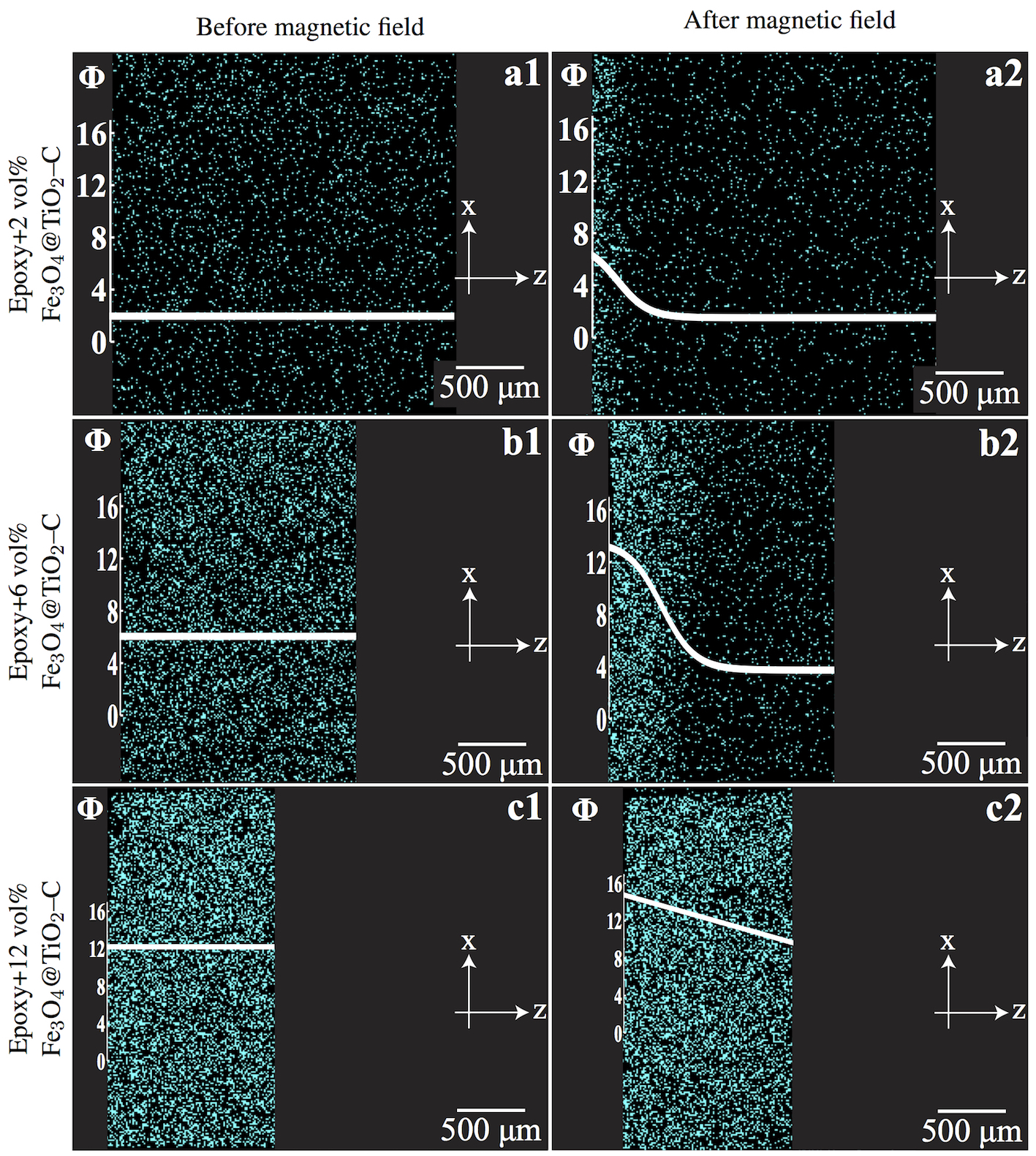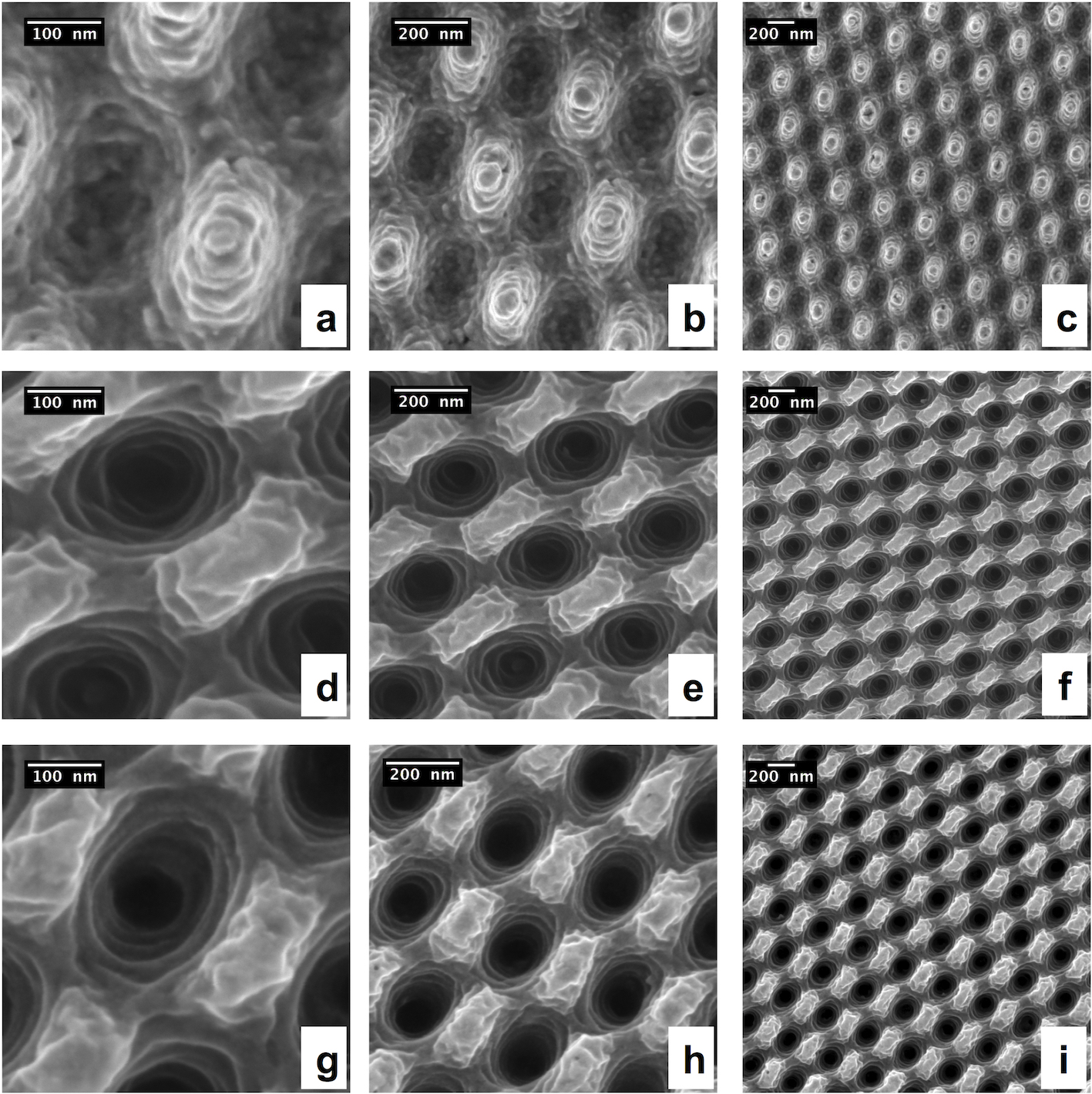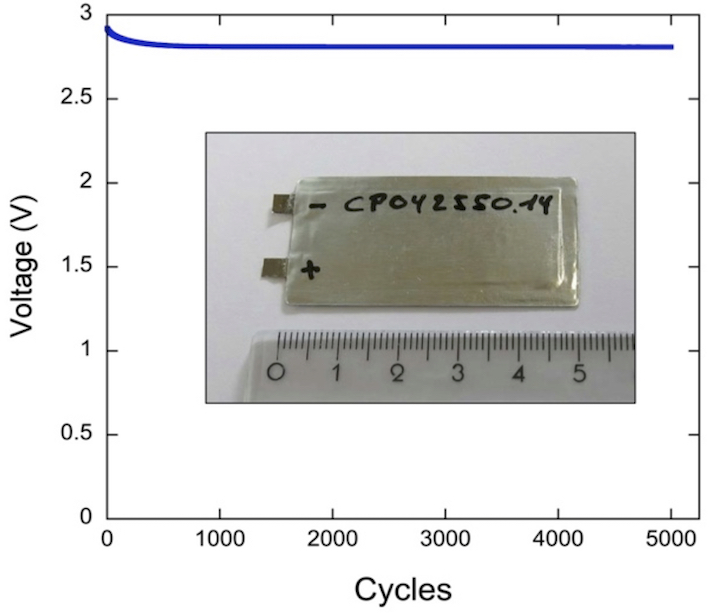Bio-Inspired Functionally Graded Polymer Nanocomposites Using Magnetic Fields
Tommaso Nardi, Yves Leterrier, Jan-Anders Månson
Cross–sectional SEM–EDX spectral images showing the Ti content and nanoparticle volume fraction of homogeneous and graded Fe3O4@TiO2/epoxy composites.
The project was funded by the Swiss National Science Foundation. Functionally Graded Materials (FGM) are a class of materials in which the composition and the properties gradually change over the volume. A novel synthesis strategy was developed to create FGM based on polymer nanocomposites with controlled gradient morphologies, using a combination of magnetic fields and photopolymerization. Dilute suspensions of core@shell nanoparticles with a magnetite core and various shells (silica, titania) with tailored surface chemistries in UV-curable organic precursors were used for this photo-magnetophoretic process. Several bio-inspired FGM were produced and tested for a range of applications:
-
Graded composites with tailored hardness and low stress graded coatings
-
Graded permittivity insulators to relax electrical stresses at interfaces with electrical conductors
-
Anisotropic magnetic polymer nanocomposites
-
Antibacterial surfaces with outstanding performance
Project partners: M. Sangermano and P. Allia (Politecnico di Torino), J. Nairn (Oregon State University), C. Pulgarin, A. Karimi, F. Rachidi (EPFL).
- Nardi T., Mora N., Rachidi F., Leterrier Y., Graded-Permittivity Polymer Nanocomposites as Superior Dielectrics, Compos. Sci. Technol., 129, 1-9 (2016).
- Allia P., Barrera G., Nardi T., Leterrier Y., Tiberto P., Anisotropic Magnetic Polymer Nanocomposite with Self-Assembled Chains of Titania-Coated Magnetite Nanoparticles, Mater. Today Comm., 7, 32-41 (2016).
- Nardi T., Rtimi S., Pulgarin C., Leterrier Y., Antibacterial Surfaces based on Functionally Graded Photocatalytic Fe3O4@TiO2 Core-Shell Nanoparticles / Epoxy Composites, RSC Adv., 5, 105416-105421 (2015).
- Nardi T., Hammerquist C., Nairn J.A., Karimi A., Månson J.-A.E., Leterrier Y., Nanoindentation of Functionally Graded Polymer Nanocomposites: Assessment of the Strengthening Parameters through Experiments and Modeling, Front. Mater. 2:57 (2015).
- Nardi T., Canal L., Hausmann M., Dujonc F., Michaud V., Månson J.-A.E., Leterrier Y., Stress Reduction Mechanisms during Photopolymerization of Functionally Graded Polymer Nanocomposite Coatings, Prog. Org. Coat., 87, 204–212 (2015).
- Allia P., Barrera G., Tiberto P., Nardi T., Leterrier Y., Sangermano M., Fe3O4 Nanoparticles and Nanocomposites with Potential Applications in Biomedicine and in Communication Technologies: Nanoparticle Aggregation, Interaction and Effective Magnetic Anisotropy, J. Appl. Phys., 116, 113903 (2014).
- Nardi T., Leterrier Y., Månson J.-A.E., Bioinspired Functionally Graded Nanocomposites Synthesized Through Magnetophoretic Processes for Tailored Stress Reduction, MRS Proc., 1685 (2014).
- Nardi T., Leterrier Y., Karimi A., Månson J.-A.E., A Novel Synthetic Strategy for Bioinspired Functionally Graded Nanocomposites Employing Magnetic Field Gradients, RSC Adv., 4, 7246-7255 (2014).
- Nardi T., Sangermano M., Leterrier Y., Allia P., Tiberto P., Månson J.-A.E, UV-Cured Transparent Magnetic Polymer Nanocomposites, Polymer, 54, 4472-4479 (2013).
Light Trapping Polymer-Based Coatings for Cost Effective Flexible Thin Film Photovoltaics
Marina Gonzalez Lazo, Rémy Teuscher, Yves Leterrier, Jan-Anders Månson
High-resolution electron micrographs of antireflective ‘moth eye’ textures: nickel master (a, b, and c), polymer replicates (d, e, and f) and hybrid composite replicates (g, h, and i).
The project was partly funded by the Swiss Commission for Technology and Innovation. Integrative and bioinspired synthetic strategies were developed to create novel hybrid polymer nanocomposites based on hyperbranched acrylates and silica. Precursor formulations were optimized to achieve controlled rheology. An energy and cost-effective roll-to-roll dual-cure photopolymerization and sol-gel process combined with nano-imprinting was designed. Functional coatings with superior hardness and with i) light scattering, ii) antireflective and iii) self-cleaning properties were used to encapsulate thin film silicon solar cells, leading to up to 30% increase in photocurrent.
Project partners: VHF Technologies SA (CH), C. Ballif (EPFL)
- González Lazo M.A., Katrantzis I., Dalle Vacche S., Karasu F., Leterrier Y., A Facile in Situ and UV Printing Process for Bioinspired Self-Cleaning Surfaces, Materials, 9, 738 (2016).
- González Lazo M.A., Schüler A., Haug F.-J., Ballif C., Månson J.-A.E., Leterrier Y., Superhard Antireflective Textures Based on Hyperbranched Polymer Composite Hybrids for Thin Film Solar Cells Encapsulation, Energy Technol., 3, 366-372 (2015).
- González Lazo M.A., Blank M., Leterrier Y., Månson J.-A.E., Superhard Transparent Hybrid Nanocomposites for High Fidelity UV-Nanoimprint Lithography, Polymer, 54, 6177-6183 (2013).
- González Lazo M.A., Teuscher R., Leterrier Y., Månson J.-A.E., Calderone C., Hessler-Wyser A., Couty P., Ziegler Y., Fischer D., UV-Nanoimprint Lithography and Large Area Roll-To-Roll Texturization with Hyperbranched Polymer Nanocomposites for Light-Trapping Applications, Solar Energy Materials & Solar Cells, 103, 147-156 (2012).
Ultra Flexible Lithium Film Batteries
Jericho Moll, Jean-Baptiste Leran, Yves Leterrier
Primary battery with stable voltage over 5’000 bending cycles to a radius of curvature of 25 mm
The project was a collaboration with Swatch Group funded by the Swiss Commission for Technology and Innovation. Lithium film batteries were developed for small and portable devices that are much more flexible than those currently available, by using novel encapsulation strategies and new composite materials.
Project partners: Asulab and Renata AG (Swatch Group, CH, www.swatchgroup.com)
- Moll J.L., Leran J.-B., Leterrier Y., Månson J.-A.E., Heck P., Stalder M., Rota S., Martin J.C., Optimization of Flexible Battery Cathodes via Electrofatigue Testing, Swiss ePrint, Basel, Switzerland, Nov. 21-22 (2013).


